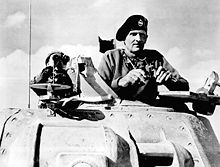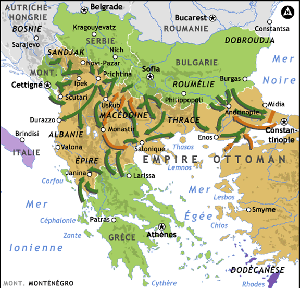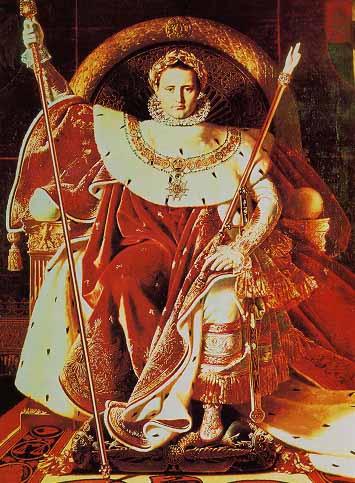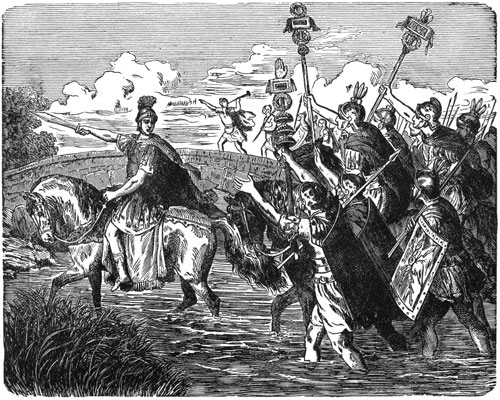A
discussion erupted in a Facebookgroup on the battle of Waterloo about the
quality of the French army during the Waterloo campaign and the ability of Wellington as a general. I was intreagued when Barry, one of the participants came up with
statistics to prove his point that the French army of 1815 was as good as any,
or indeed better. On the other hand the French always lost to Wellington. This meant to him that only the superior generalship of Wellington had saved the
day for the allies.
Now, the second part doesn´t actually follow logically from the first, but I want to focus here on Barry’s first argument and use of data. Barry put up this database to back up his argument, which is based on Digby Smith´s The Napoleonic Wars Data Book.
 |
| Didn´t have a picture of Digby Smith´s book at hand... |
There were
a few things in Barry´s analysis that had me suspicious. Firstly, his
choice of battles for the Prussians seemed like an odd selection to me. At Jena
and Auerstedt we are dealing with a different Prussian army than that of
1812-15, while Eylau and Leipzig
were fought by multinational armies in which the Prussians had a limited role.
This made the comparison look weak.
I am also
not keen on comparing ‘Prussian’ battles against battles with Wellington in command. The former were led by
5 different commanders of differing ability on the Prussian and allied side.
But the
main issue for me was that Barry only looked at it from the side of the rate of
casualties the French had been able to inflict on their opponents. I felt that
ignored the fact that this only brings insight when compared to that of the
opponent. In a hotly contested battle, on a cramped battlefield, it was logical
that casualties would be high for both sides. And so it turned out. In most
cases where the French rate of inflicted casualties was high, the allied rate
was high too.
Offering an alternative
The real
test of French quality would be how much better the were compared to their
opponents. So I chose to divide the French rate by the allied rate to generate
a measure of relative effectiveness.
I
decided to expand the database with as many battles and smaller clashes from
Digby Smith´s book as possible. I
restricted my research to 1813-1815 for time’s sake, but I collected more battles and grouped them together. By increasing the number of
battles in the analysis I have hoped to reduce the effect of outliers and give
a more balanced view of the armies. I have 9 combats for the 1813 spring
campaign, 18 for the autumn campaign, 25 for 1814 and 7 for 1815.
Of course
it is possible to challenge Digby Smith's data. For the few battles I’ve
checked, the force strengths mentioned in other sources could be off by tens of
thousands of men, depending on sources or Smith’s selection of forces he deemed
to have been in contact. These choices will undoubtedly colour the outcomes,
but for the sake of speed I have used what’s available, rather than repeat
Smith’s work.
I have left
out the number of prisoners in the losses where possible, because these don’t
apply to the killing power of the armies, which is what Barry set out to
analyse.
Now to the
outcomes...
The French and allied armies of 1813-1815
I’ve
presented the results per campaign in the table below. It shows that during the spring campaign of 1813, Napoleon had an advantage in numbers
employed on the battlefield of almost 40%. However, he also suffered 80% more
casualties in what was a campaign of moderate intensity.
Together
this means that only one in eleven of his men employed for battle killed an
opponent. The Russians and Prussians managed to kill a Frenchman for every four
of their men employed. This was mostly the result of choosing good defensive positions
at Lützen and Bautzen.
Napoleon’s lack of cavalry was also a hampering factor in exploiting his
victories.
|
Spring 1813
|
Autumn 1813
|
1814
|
1815
|
French : Allied strength
|
138 : 100
|
67 : 100
|
78 : 100
|
72 : 100
|
French : Allied Casualties
|
180
: 100
|
96 : 100
|
86 : 100
|
88 : 100
|
French relative effectiveness
|
40 : 100
|
157 : 100
|
150 : 100
|
158 : 100
|
French loss rate
|
16%
|
15%
|
9%
|
22%
|
Allied loss rate
|
12%
|
10%
|
8%
|
17%
|
Allied Casualties
per French soldier
|
1 / 11
|
1 / 6
|
1 / 10
|
1 / 4
|
French Casualties
per Allied soldier
|
1 / 4
|
1 / 10
|
1 / 14
|
1 / 6
|
By the
autumn, the tables had turned on Napoleon and on average he was outnumbered on
the battlefield by 3 to 2. But this time he managed to inflict slightly higher
losses than he received himself. This meant that 6 French soldiers now
accounted for one opponent, while 10 allied soldiers where needed to kill one
Frenchman.
The big
defensive battles like Dresden and Leipzig weigh heavily in this analysis and the limited use
of casualty figures is illustrated by the fact that battles like Katzbach, Kulm
and Leipzig were lost with large numbers of prisoners (not counted here) despite favourable rates of casualties inflicted on the allies. So improved
relative effectiveness didn’t lead to better results.
The frantic
action of early 1814 saw the French with a slightly better balance of forces (3
to 4) and lower casualties than the allies. However, the intensity of the
battles seems markedly lower, taking into account the loss rates. This is
probably because there were few fights where both sides decided to stick in.
Allied
casualties were now one in ten of all French soldiers employed, but it took the
allies 14 soldiers to kill one Frenchman. Relative effectiveness of the French was
a notch lower than in the autumn of 1813.
 |
| Enemy loss rates |
In
1815 the French again faced superior forces (2 to 3) on the battlefield, but suffered fewer
casualties than their opponents. The losses were heavy on both sides though and
this is reflected by the fact that one allied soldier became a casualty for
every four French soldiers on the battlefield and in reverse that Allies needed
six to kill or wound a Frenchman.
This means
that the French relative effectiveness was as good as in the autumn of 1813. All
this despite the fact that the Allies fought all their battles on the
defensive.
The 1815 campaign was the most intensive of
the four, with 19% of all participants in battle becoming casualties, with 14%
in spring 1813, 12% in autumn and 8% in 1814.
The Waterloo campaign in detail
The French were almost as effective against the
Anglo-Dutch armies
as against the Prussians. In both cases one casualty for every four soldiers. The Anglo-Dutch
rate
combined for Waterloo and Quatre-Bras was almost as high. The Prussian ability to inflict casualties on the French was lower however, with nine Prussians required to inflict one French casualty.
 |
| Enemy loss rates in the 1815 campaign |
At Waterloo,
the Anglo/Dutch troops did one casualty to the French for (slightly more than)
every three of them. Battles with similar rates of casualties inflicted on the
French are Borodino and Lützen, like Waterloo defensive battles in strong positions. Both Waterloo and Borodino were small and cramped battlefields.
However,
the French exacted a heavy toll on their opponents in these battles as well. Even
against the Anglo-Dutch at Waterloo,
the French rate of casualties inflicted was only slightly lower than the rate
they sustained. This was on par with their performance at Leipzig where it took a bit less than four
Frenchmen to kill or wound an allied soldier.
 |
| Battles with high enemy loss rates |
Desperate
battles like Kulm and Vauchamps saw the rate between three and four soldiers.
At Ligny the rate was better than one in three, at Borodino
five French soldiers inflicted two casualties, and around Plancenoit every
other French soldier accounted for a Prussian casualty.
The
interesting feature here is that some of these actions were offensive, such as Waterloo, Borodino and
Ligny. The French were thus able to inflict high rates of casualties even in attack.
Conclusions
All in
all this shows that the relative effectiveness of the French army was about the
same from the summer of 1813 to Waterloo.
Only the 1813 spring campaign shows weak French performance. And with Waterloo only being second to Borodino in terms of crowding and bitterness, high casualty rates
on both sides
are not surprising.
On the other hand we have also seen that French numerical superiority in the Spring of 1813 didn´t automatically result in great success. Defensive terrain and cavalry shortages stood in the way. French relative effectiveness later also didn´t always win them battles. Other factors might be more important. A crowded battlefield, prepared defenses, artillery concentrations and generalship all play a role. Some are possible to quantify. But without emulating the work of Trevor Dupuy in depth, that´s going to be extremely hard.
It is clear that the Prussian army wasn´t all that good in 1815, with a pretty consistent but low rates of enemy casualties. These low rates are comparable with the rates in the autumn of 1813 and 1814. The anomaly in the Prussian case, as well as in the French case therefor seems to be the spring campaign of 1813.
This makes me interested in the Russian rates for 1812 and the Austrian rates for 1809. I also haven’t
gone into the Wellington comparison here. I will continue with a comparison of battles
from the Peninsula and the 1809 and 1812 campaigns, at some later time.











































